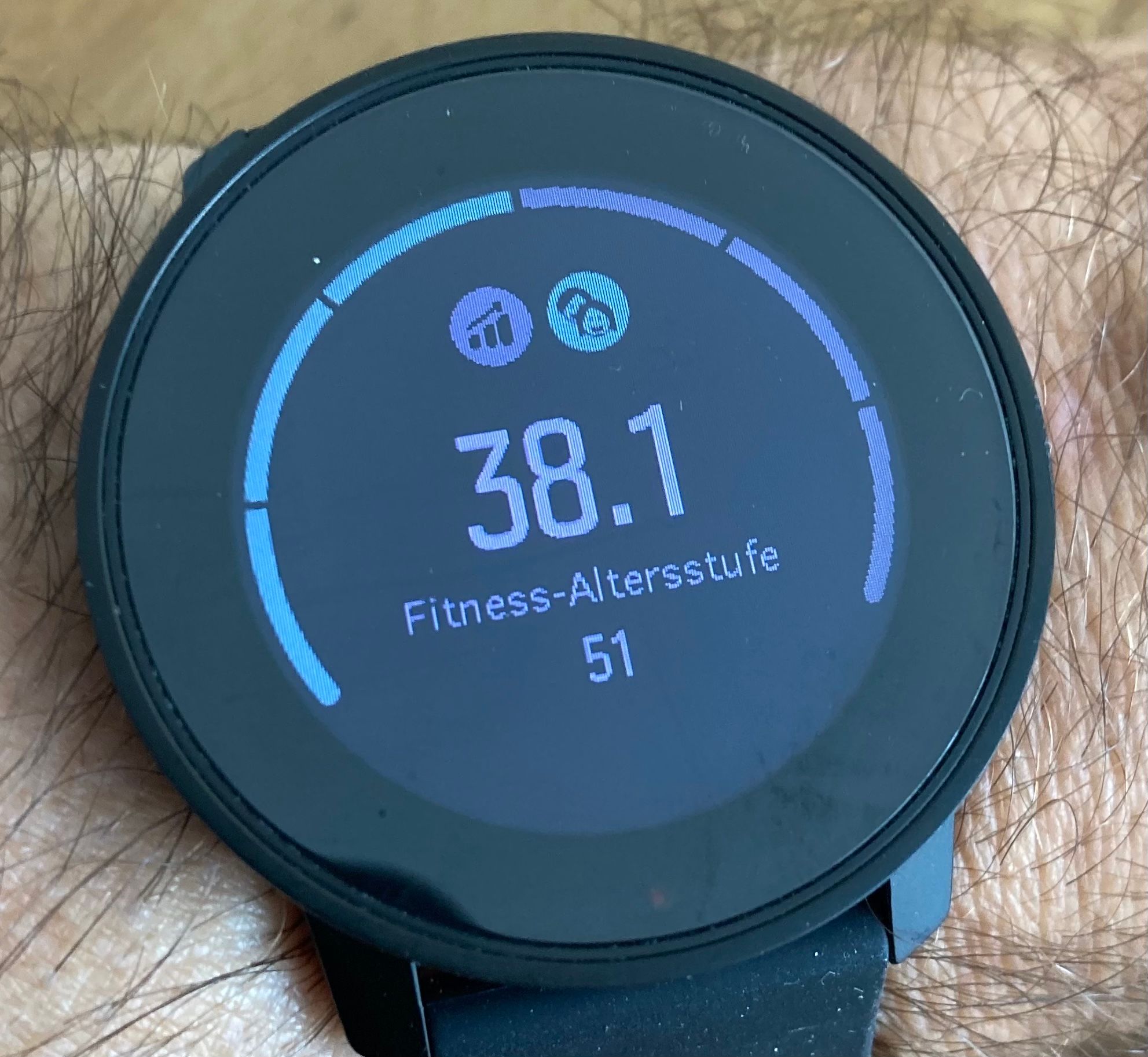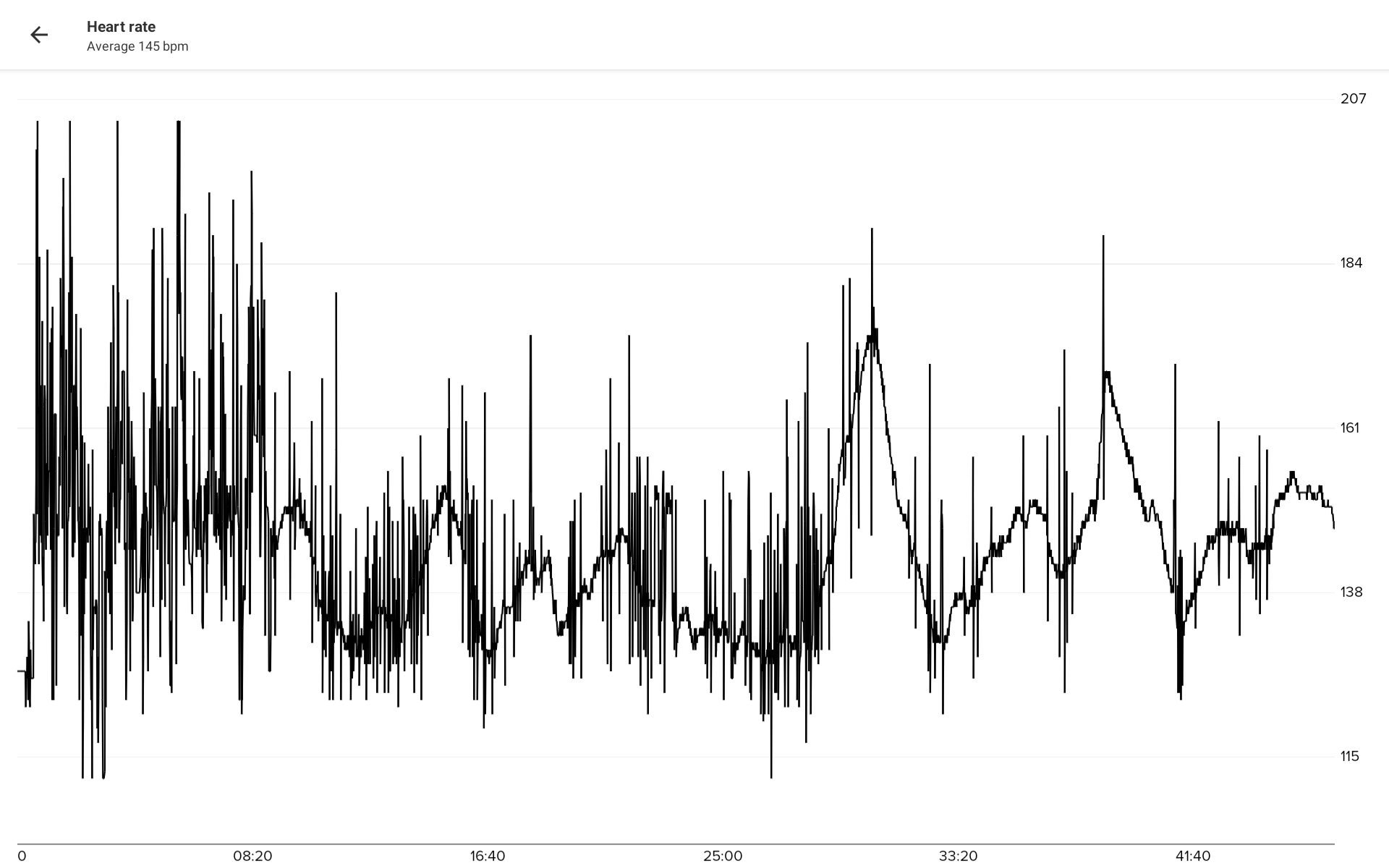VO2 Max
-
@egika just hoping, if I knew something I would not comment

-
-
@isazi I reset the watch and now is working everything normal…
-
@richard-thygesen I get the VO2 worth but it is very different from Coros or Garmin Fenix 6. With the last two watches I usually have a VO2 of 44 to 45. With the S9 Peak I have 39 … I hope that I will adjust that
-
@sascha-domres ok, I came from another brand before my S9 non baro and decreased my VO2max alot. It has slowly increased but it’s nowhere near the value I had with the other brand.
-
@sascha-domres I can add that if i do intervall traning with high pulse the watch always increase my vo2max but decrease it on slower runs.
-
@richard-thygesen same here… I have 40 to 42 with Garmin and other devices with firstbeat algorithms like the Huawei GT 2e,

then comes polar with 39 and then Suunto with 38

(and I am exactly as fit as my age is
 ) .
) .But since it’s only an estimated value from your running metrics and not really analysed in a lab I find it quite close in average and on Suunto it reflects me getting fitter since I started running last year in summer, where I got 35
-
I don’t know about other brands, but my values are pretty consistent across my Suunto watches (Ambit 3 peak, Suunto 9 Baro and Suunto 9 Peak)
53-55
I used the Ambit 3 and S9B with a HR belt and the S9P with OHR.
-
@surfboomerang my values are in line between S9 baro and peak, and also Garmin watches.
-
When determining the vo2max it can differ.
Example:
on other watches you did a good relaxed session
On your new watch you have not done that
-
Out of interest from reading this, has anyone here done an actual VO2max test in a lab?.. if so what is the difference between lab vs watch? I have done a few lab tests and Suunto watch shows the same for me.
-
i did 58 in lab
with s9b I got 68 65 62 -
@zhang965 slowly converging

-
I have 56 in the lab and 48-50 with Suunto 9Peak and baro and 49 with Garmin.
-
I got 65 in lab, but never more than 60 on S9P, but S9B showed 62 a year ago.
Currently it shows 45.4, because I did slow (Z2) verticals in last two weeks, so mostly power hiking up and running down. Fast run on flat - VO2 goes up.
-
I had 60 in the lab and I’m around 56 to 59 in my S9B, depends a lot on the type of exercise you do, quickish/shortish/flatish run my VO2max goes up, the longer and hilly my runs are it goes down.
-
Thanks for all for sharing, really interesting to see! Mine is 63 in lab and 62 on Suunto watches (both Suunto 9 Baro and Suunto 9 Peak)
-
might seem a bit offtopic, but does anyone know if this type of HR error effects VO2max results?
normally I wear merino shirts for sports but sometimes during mental derangements, I pick plastic shirts and my observation is that they send greetings from tesla to the sensor

-
@freeheeler said in VO2 Max:
might seem a bit offtopic, but does anyone know if this type of HR error effects VO2max results?
It definitely affects! I think the important parameters for VO2Max are HR and pace. From my findings, you can have a nice bump in VO2Max if you run as fast as possible, 4/5 km in Z4 (Z3).
normally I wear merino shirts for sports but sometimes during mental derangements, I pick plastic shirts and my observation is that they send greetings from tesla to the sensor

I understand you are using a chest strap, I use polyester T-Shirts and never had this bad readings, now I’m using the Polar OH1 and it is the better for my use, I only want HR as a reference so I do not need more and I don’t care if there is a bit of delay regarding the chest strap.
-
@freeheeler i always wear polyester shirts, but I use a Polar H10.
3 weeks ago I did a lab test on the treadmill and an ekg was used to check the HR. Out of curiosity I used my H10 as well.
Data was absolutely on point (max ± 1 bpm).How old is you HR belt?
And btw I wouldn’t trust the VO2 max the watch give you.
My watch estimated a VO2max 15% lower than it really is (lab test)
